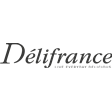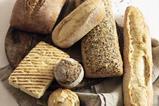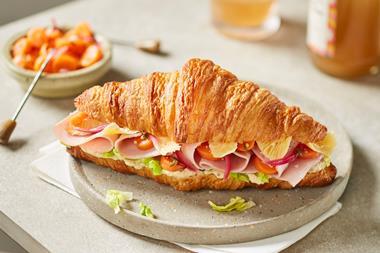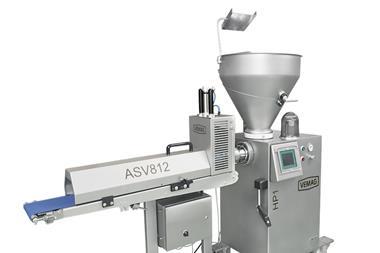With the breakfast market demanding more and more variety in baked goods, Délifrance’s Stéphanie Brillouet explains how bakers can adapt their offering to provide enticing goods that meet increasingly diverse consumer needs.

The breakfast market has gone through significant change over the past few years: first the pandemic and then the cost-of-living crisis. Fortunately, with breakfasts eaten predominantly at home due to lockdowns and the increase in homeworking, the meal has seen a 22% increase in occasions1. And with breakfast now more of an institution, and out-of-home (OOH) picking up speed, there are opportunities for savvy operators to make the most of this dining occasion.
To find out the extent of these changes, Délifrance developed its Prove It: Breakfast report, looking at consumer attitudes to breakfast, trends emerging during the pandemic plus ways for food operators to maximise the occasion.
According to the findings, the OOH breakfast market has accelerated. In fact, almost twice as many people are eating breakfast OOH more than once a week as compared to our 2018 data. Breakfast on-the-go (OTG) is driven by younger markets, and almost a third (32%) of 18- to 24-year-olds now eat breakfast OTG at least a few times a week. Dine-in breakfasts are most popular with the 35- to 44-year-olds, however, and 18.6% dine in at least once a week1.
When it comes to breakfast goods, a range of factors influence consumer choice. The top three are taste, convenience and health. During the week, health influences choice for 30% of consumers, with those likely to opt for cereal, granola, porridge or oats. At the weekend, this remains important to some, with 2 in 10 (21%) seeking a healthy weekend breakfast, but this is mainly overtaken by indulgence, with 1 in 4 breakfasts chosen because they feel like a treat1.
Enjoying widespread appeal, toast rises from second to first place at the weekend as it’s more likely to be chosen because it’s tasty and versatile. Cooked breakfasts are most likely to be chosen to enjoy the taste but interestingly they’re not necessarily seen as unhealthy. Some breakfasters even say it gives them energy to face the day and stop them from snacking before lunchtime. Although less important at the weekend, 3 in 10 (29%) consumers still want something quick and easy, often choosing cereal1.
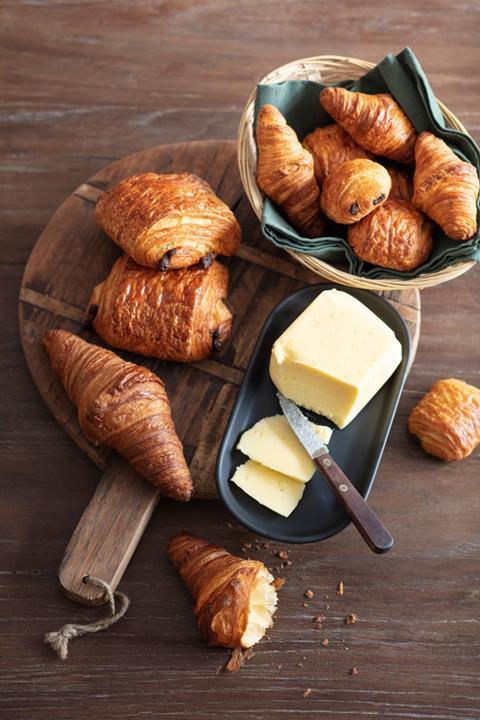
There has been a growing desire for greater variety and the report notes accelerated interest in both healthy and indulgent breakfasts. The breakfast occasion is still filled with traditional options, but has expanded over the last few years as more consumers are seeking meal inspiration and ideas on social media or fitness apps or accommodating allergies or food intolerances.
Délifrance’s report partner, food anthropologist and writer, Bee Farrell, remarks: “It’s fascinating to see how both the occasion and food choices have changed over the last few years – influenced by a wide range of factors. External influences like social media are having a powerful effect on the dishes chosen by consumers. And trends like indulgence and health are adding subtle nuances to traditional breakfast dishes: porridge made with plant-based milk for example, or toasted sourdough and jam1.”
As consumers navigate times of economic hardship, the challenge is how food operators adapt to meet these diverse shopper needs, given limited inventories and funds. Using its findings and market expertise, Délifrance has developed four top recommendations, aimed at helping operators prepare and serve tasty breakfast products that not only keep more consumers happy, but also save costs through improved efficiency and less food waste.
1. Satisfy diverse needs with high-quality products
Consumers eating OOH expect something special, so focus on a small number of high-quality products, which meet diverse needs. With a well-curated selection of luxurious products, you can charge a premium, while at the same time offering ‘permissible indulgence’ for the consumer.
Sourdough spiked in popularity during lockdown and has remained popular because it looks so appealing. In fact, Délifrance has seen increased demand for its sourdough loaves, with sales up by 58% vs pre-Covid.
Checking off both health and indulgence trends, sourdough is a worthy contender for both weekday and weekend breakfast choices. Synonymous with gut health, it’s ideal for consumers seeking a bread that improves digestive wellbeing, plus it uses a few simple ingredients, checking off clean-label requirements. Because of its rising popularity, Délifrance has invested heavily in processes and training, enabling the company to make delicious artisan-style sourdough at scale.

The company’s breakfast report revealed pastries are consistently chosen across the week and weekend both as a treat for consumers and as a good ‘grab and go’ option1. For operators choosing what pastries to offer, consumers favour filled pastries, according to the Prove It: viennoiserie report, which revealed pains au chocolat are most popular with 39% of consumers, plain croissants with 36% and almond croissants with 23%2. In addition, recent market figures confirm that filled croissants hold more of the market than plain croissants3.
2. Boost efficiency with bake off
Baked off products are becoming increasingly popular with operators. Between 2019-2020, frozen bake-off products represented 70% of the fresh bakery products bought in-store and this is forecast to grow to 72%4.
As recruitment challenges continue, and ISBs introduce more indulgent and complex baked products to meet consumer trends, Délifrance is expecting less from scratch baking. Furthermore, its category teams work with retail customers to make sure they have the right product mix for customers. This includes identifying the optimal number of products for bake off during the day.
3. Upcycle day-old products
With TikTok-ers raving about berry-studded French Toast bakes, there’s no shame in creating delicious breakfast dishes with day-old bread or viennoiserie. Délifrance created its ‘No Waste, All Taste’ recipe website to do just that; giving operators inspiration and delicious recipes that repurpose day old bread, croissants or other bakery products into premium breakfast dishes.
The UK market is facing economic challenges; however, baked products remain steady, offering permissible indulgence for consumers during difficult times. Despite this, consumers will expect value for money as well as a treat when they dine out. This means bakers will need to remain lean and focused over the coming years – managing costs and boosting efficiency during production, while offering creative and enticing goods that appeal to a broad range of consumers.
Source
1 Prove It Breakfast: Unlocking the opportunities in the occasion 2022 – n.1000 people across the UK, research conducted May 2022
2 Prove It: A viennoiserie Focus 2020
3 IRI, 52 w/e 01.10.22
4 Gira 2021
